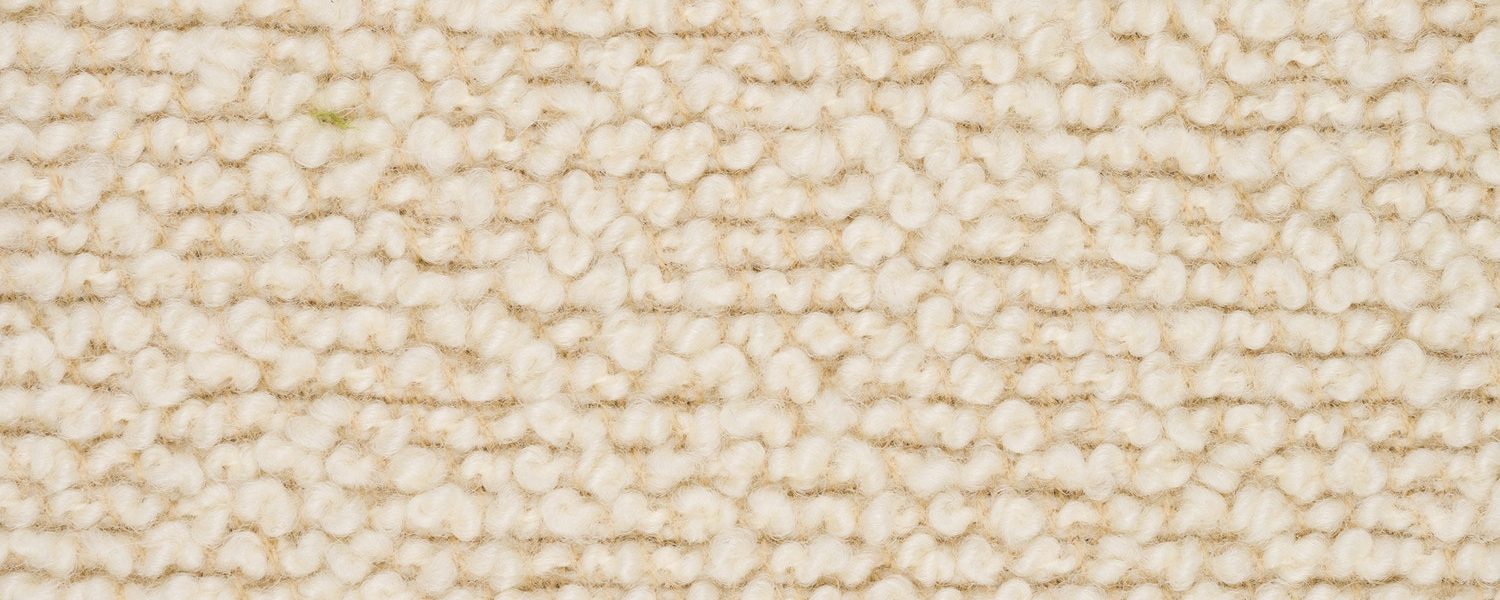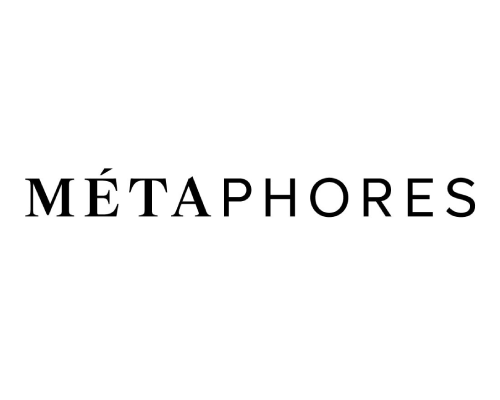
10 Jul FRIDAY FILES – Fire Retardant Fabrics
Fabric flammability is a very important matter to consider while specifying for commercial and public places (schools, cinemas, events).
Fire or flame retardant does not mean that the fabric will not burn at all. It means that fire retardant fabrics will resist ignition at much higher temperatures than untreated fibres and some may even self-extinguish once the fire source is removed.
Natural fibres like cotton and linens can ignite and burn quickly. Of course, it is possible to make them more fire resistant: by weaving fibres tightly or by treating them with chemicals. The fire retardancy will dissipate over time because of various factors like the environment where the fabric is and cleanings.
Some fabrics have a better resistance to fire and can be laundered and cleaned. They will be categorised “inherently flame retardant”, “permanently flame retardant” or “durably flame retardant”. The fire resistance will last for the life of the fabric.
Wool is naturally very difficult to ignite and may self-extinguish. It is one of the most fire resistant fabrics as its fibre structure demands more oxygen than available in the air to become flammable. According to the International Wool Textile Organisation, its ignition temperature is very high with 570-600° C and its amount of heat energy released is low.
In addition, contrarily to polyester and other synthetic fabrics, wool does not melt or stick when it smoulders and produces less smoke and toxic gas.
Polyester and other synthetic fabrics like acrylic or nylon can also be flame retardant or durably flame retardant, and like wool, self-extinguish. However, once they do ignite, they melt rather than burn.
Trevira CS and Avora are both polyester fibres inherently fire retardant. During the manufacturing process of the fibre, an organic phosphorus compound is added to the polyester polymer, thus changing its molecular structure. Result: the flame retardancy cannot be removed through washing or cleaning and the melting point is lower than other polyesters, meaning less combustion and fewer melting drips.
The Australian Building code uses two different standards when it comes to flame retardant fabric:
- Standard AS 1530.3 for hanging fabrics like curtains and drapes.
- ISO 9705 for wall and ceiling fixtures when drapes are stapled to a wall for example.
At Boyac, our suppliers are able to provide fire-retardant fabrics along with certification.
Please do not hesitate to contact us for more information.









